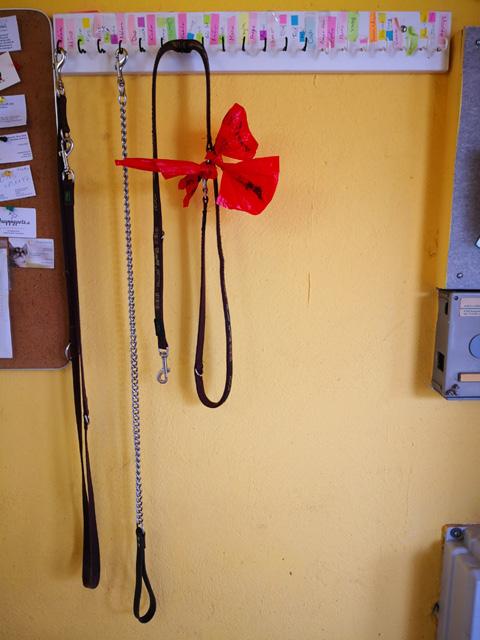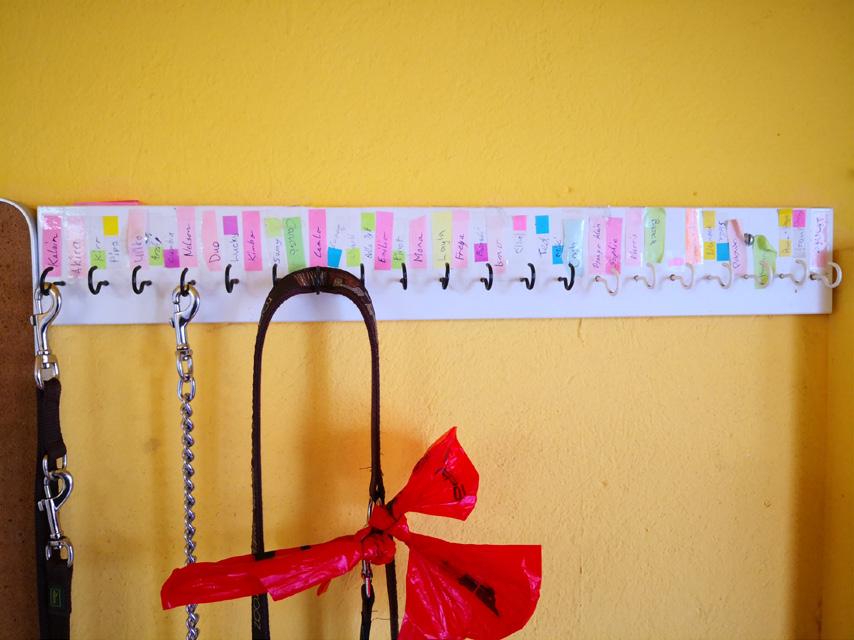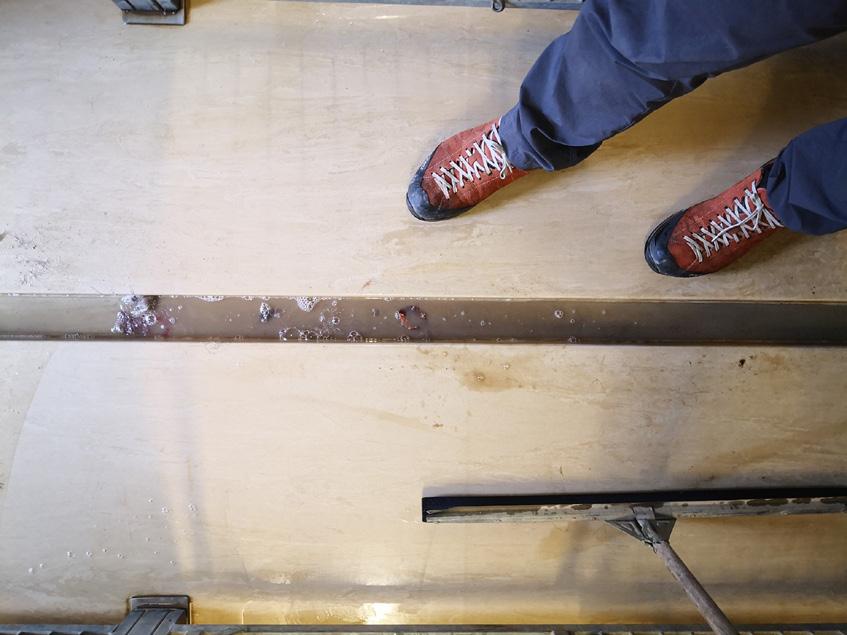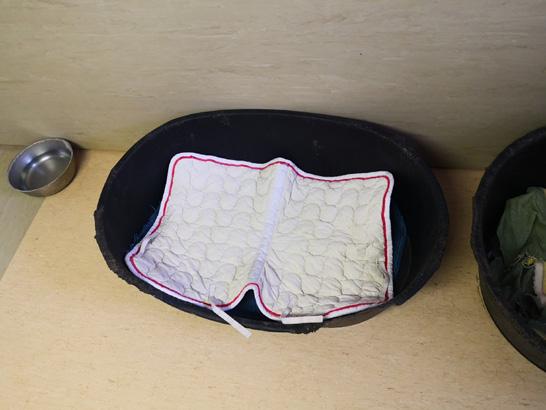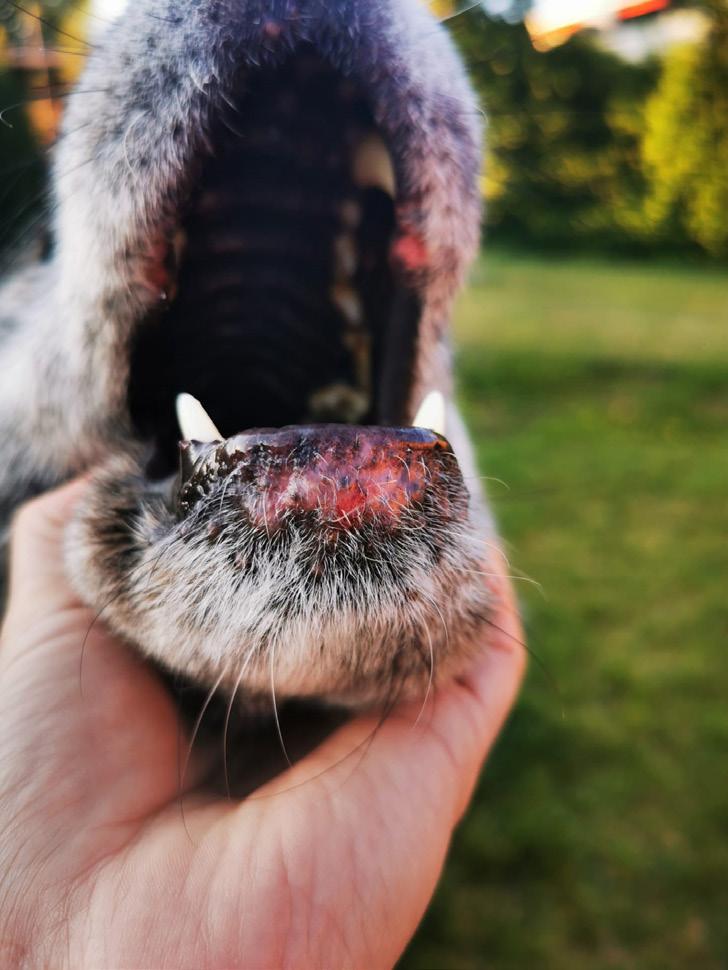
5 minute read
Research
Motivation
My motivation for this Bachelor Project is based on very personal experiences. Enzo is a brindle Akita Inu, a Japanese dog breed famously known as “Hachi: A dog’s Tale”, from a movie produced in 2009. The year Enzo turned five years old, he started suffering of an unknown and unnamed autoimmune disease, which most probably is triggered by heat. In the summer of 2019, the break-out was particularly intense, resulting in an in-patient stay of five nights at a veterinary clinic. Afraid of losing Enzo, these five nights were a most unpleasant experience. The decision to utilize this negative incident caused by heat, to design something that creates awareness was my motivational force in this case.
Enzo’s heat sensibility led towards various approaches on how to capture and communicate vital information to me and the dog. My intrinsic motivation is not solely based on negative experiences. Asking myself how I could enhance, celebrate and enjoy the togetherness with my closest friend, embodies my motivational core for this project. I plan to submerge myself into a world where dogs are being part of a family, enjoying the role of an emotional, respectful and intelligent companion.
Including simple Arduino sensors, this project is additionally about technology-enhanced wearables. Although, it is not my main focus for this particular design project.
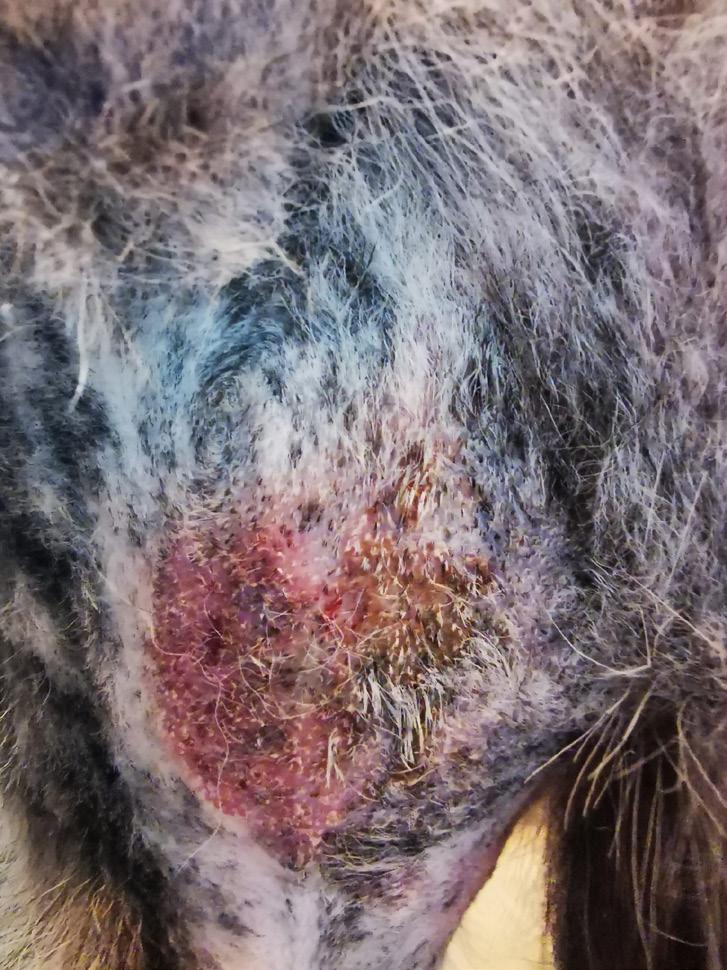
On both pictures: visible rush on Enzo’s skin caused by temperatures over 28 degrees celcius.
Research
In my written Bachelor thesis, I looked closely at already existing products like “Pet Cube.” Being able to send a live video feed to its owner, it represents a category to which most technologically enhanced gadgets belong to Pet cameras. Other popular gadgets are GPS tracking systems or pet feeders.
To investigate the range of gadgets in physical stores, I visited two pet stores in Switzerland. One is called “Fressnapf” and the other “Qualipet.” Instead of a Pet Cube, I found other interesting things. Although generally, the ones found were not as sophisticated, there were simpler with less technology involved than in the Pet Cube. For example, I found “Memopet,” a device attached to the dog’s leash, harness, or collar capable of saving information about the dog. Using a smartphone with NFC technology, other people can read the data stored on the device.
Another object I found was the “top-matic.” A training system consisting of an orange magnetic rubber ball and a ring-shaped magnet. The magnet is used to place the ball onto the trainer’s, e.g., jacket or shirt. Therefore the visibility of the ball is ensured, and the dog can reach it at any moment. It is an instant rewarding method and thus promises a high success rate. I did not test it but was curious, especially about the training nature of this analog gadget.
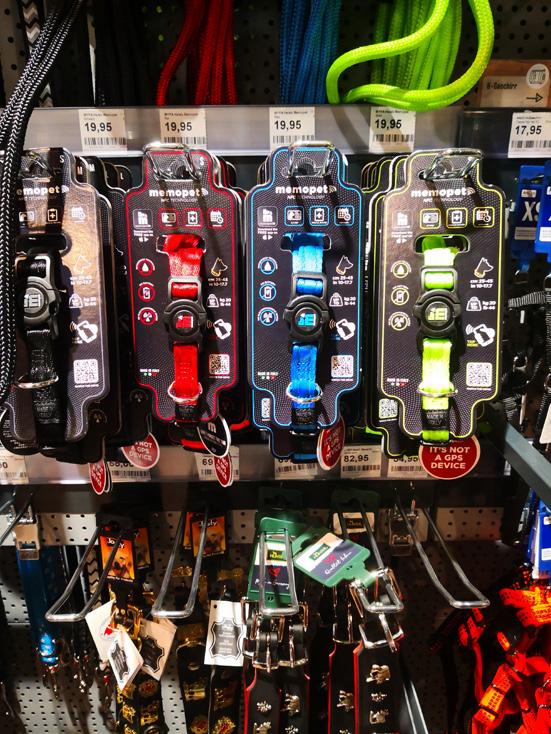
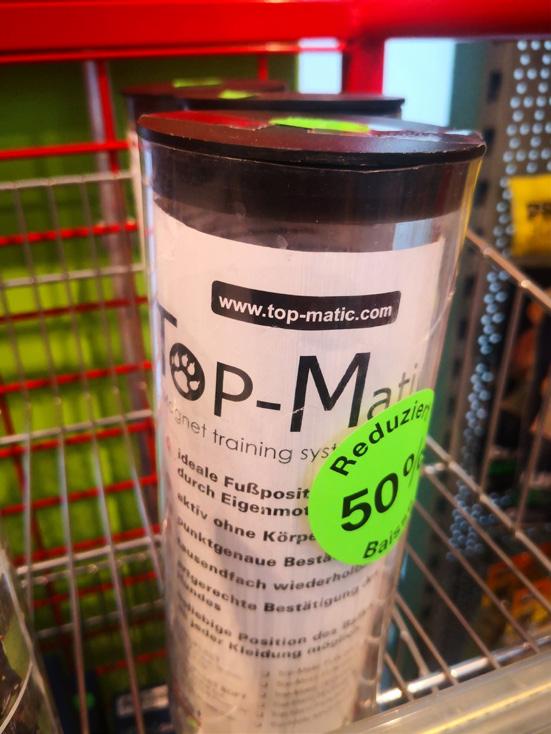
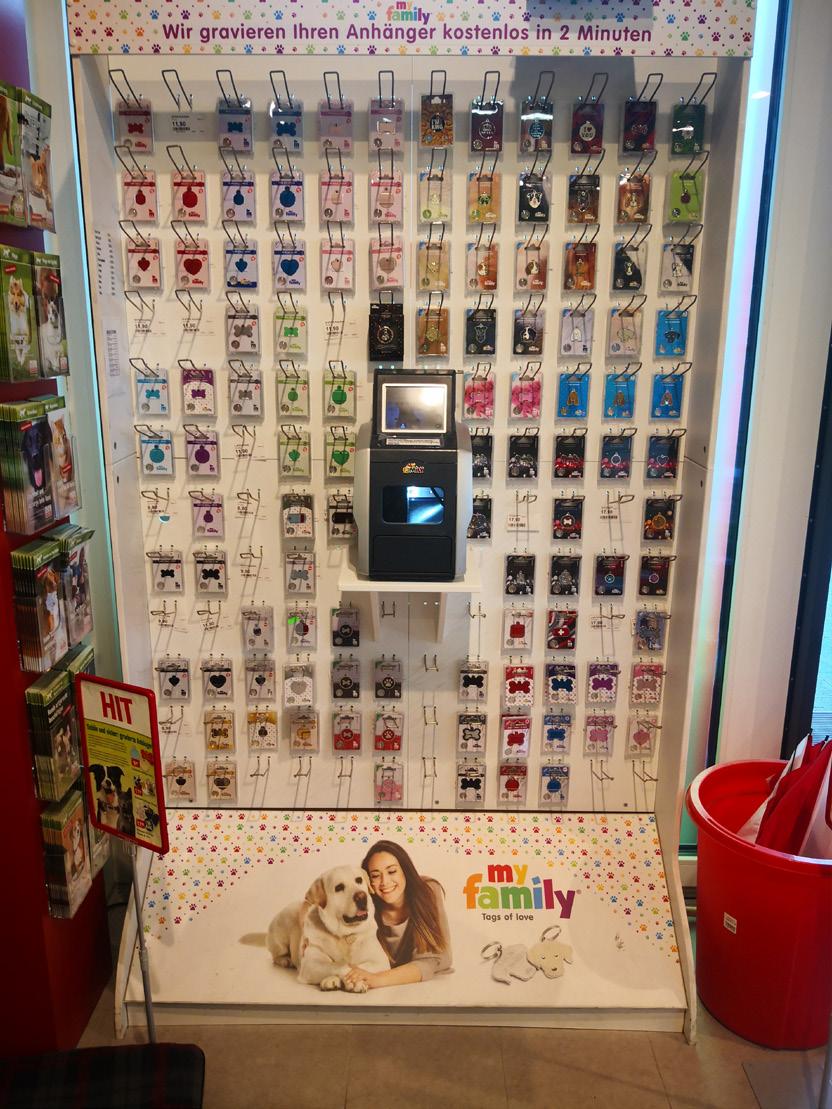
Even though these products are not related to technology-enhanced objects, they communicate a template of what information is essential to the customer. For example, things like “For dogs up to 25 kg” indicate the suggested size of the “user.” The tag with “MyFamily” written on it is part of a medium-large dog leash package, caught my attention because of a technical aspect, and also, some D-rings are produced with an antique silver finishing. There is also the leash with the name “Bilbao,” which gives a specific identity to the product. Even if these specific features might not influence my further work, the concept surely will. “Tags of Love” by “MyFamiliy” (page 5) shows almost endless possibilities on how to customize pet tags. The different sizes and shapes allow the customer to engrave the desired tag with several lines. “MyFamiliy” has its roots in Valenza as an ancient goldsmith tradition.
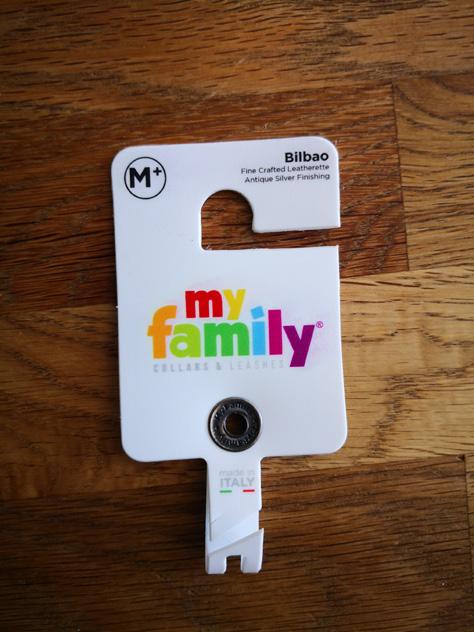
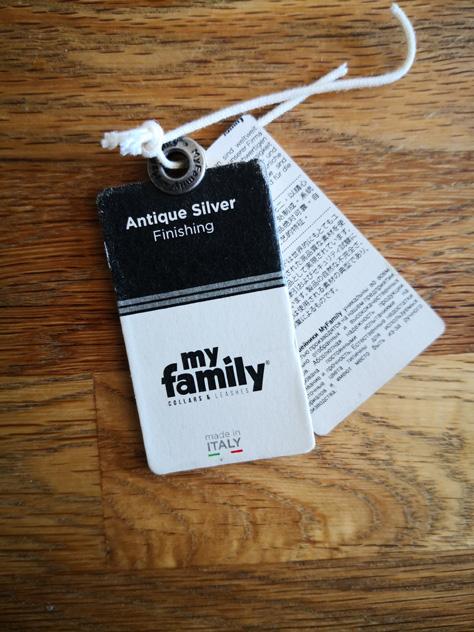
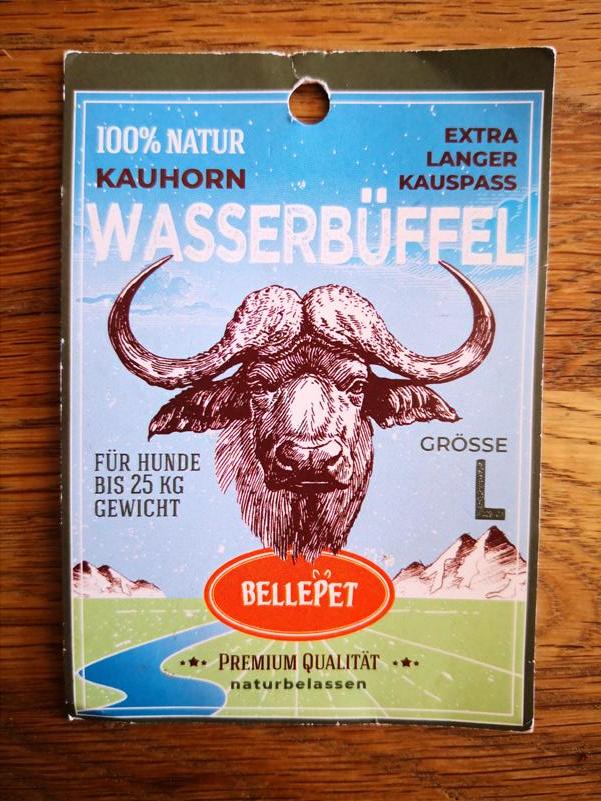
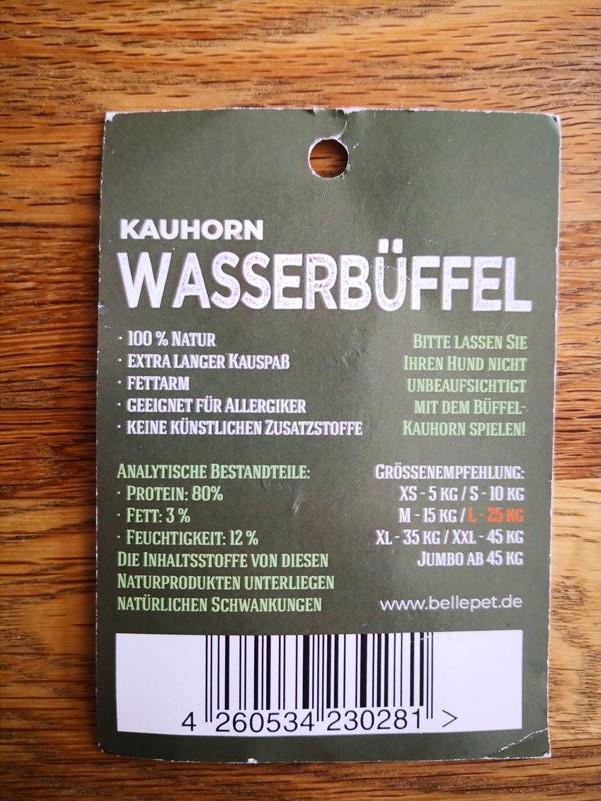
How do we hold our leashes?
Based on a prior first “experiment” with an old leash, I decided to start small research on how we hold a dog’s leash. There are many ways to hold a leash in your hand, and I wanted to find out how most people grab their leashes. If there is a right or wrong way did not catch my interest. I mainly focused on how we tend to wrap the leash around our wrists. Are there any patterns or shapes I could use for further investigation? I found an inspiring fact that everyone had several ways to hold it depending on the dog’s behavior, the outside temperature, the owner’s mood, and the leash itself.
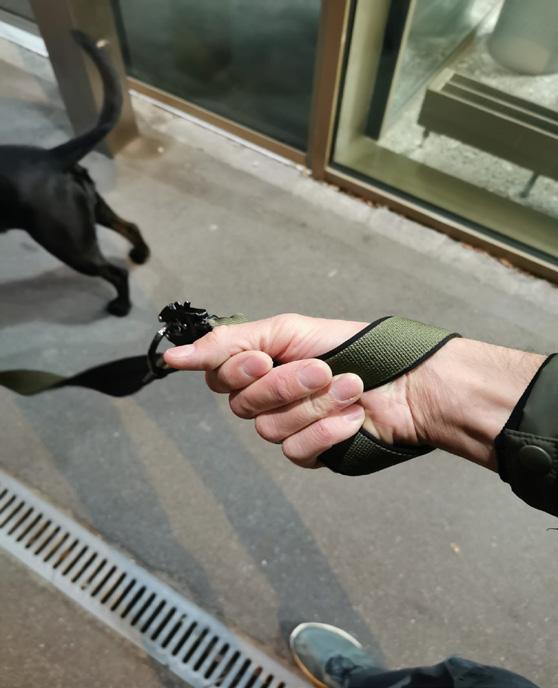
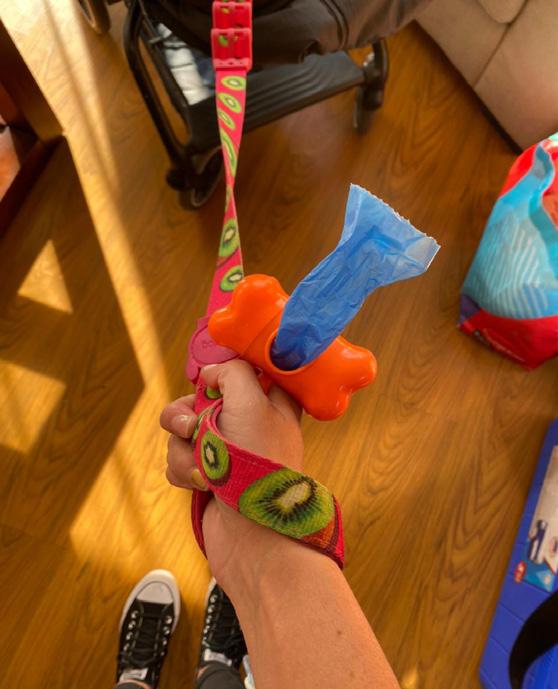
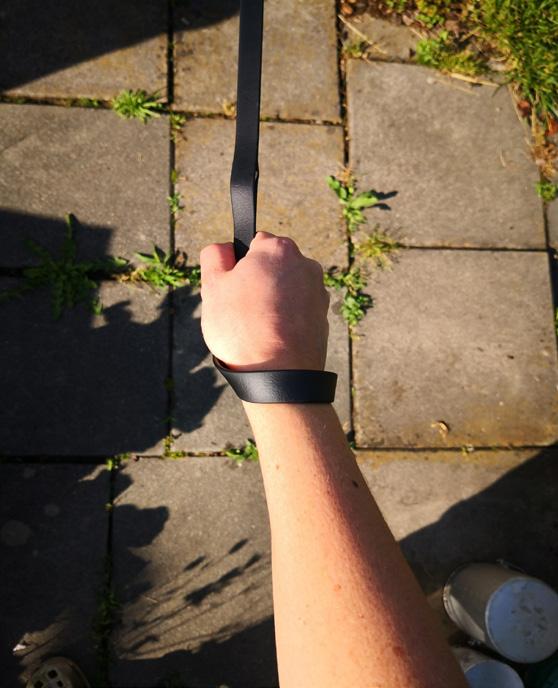
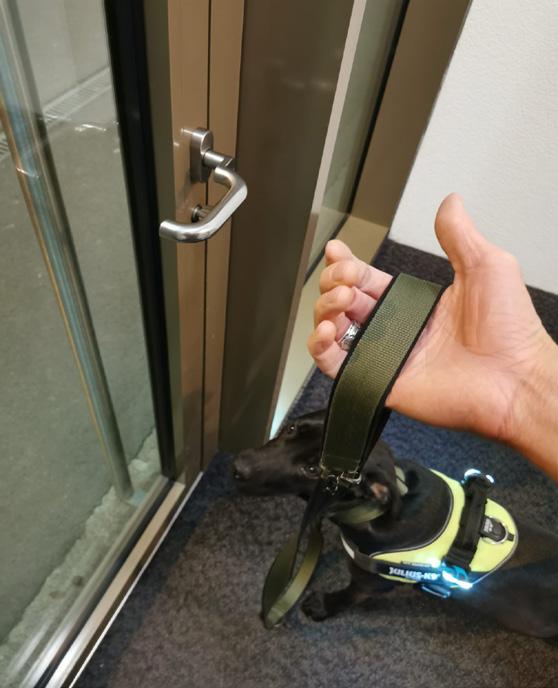
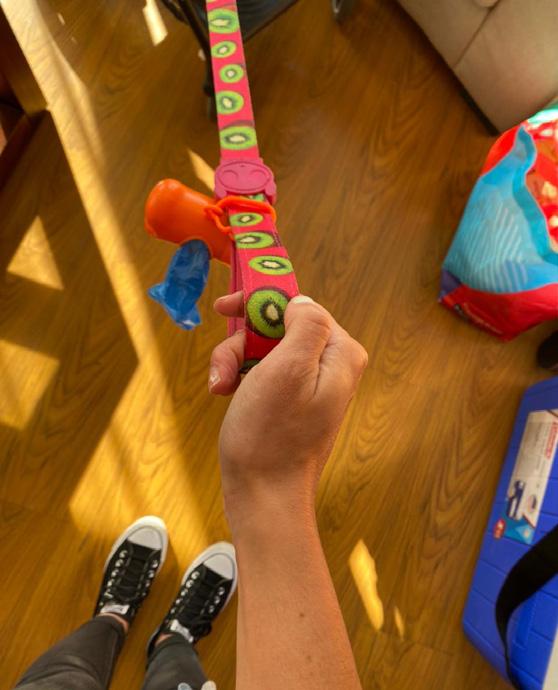
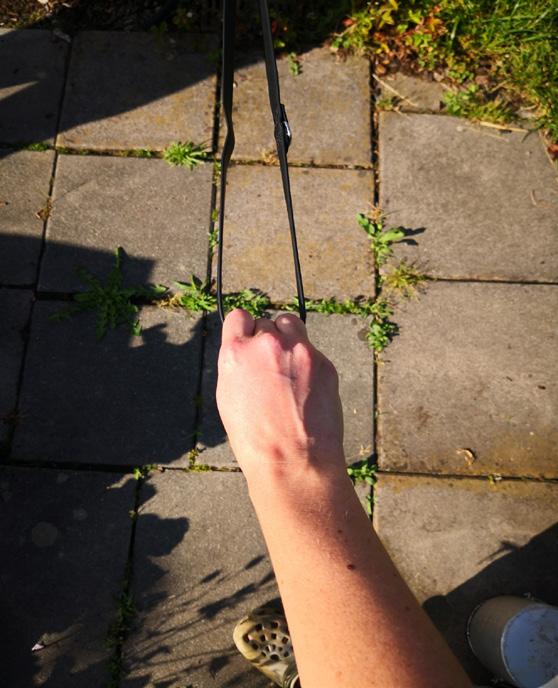
Tierferienheim Stolzboden
As my research went on, I visited an animal vacation home where dogs, cats, and other animals can stay while being taken care of. The following impressions were made possible by Ivo Zürcher, the manager of Tierferienheim Stolzenboden.
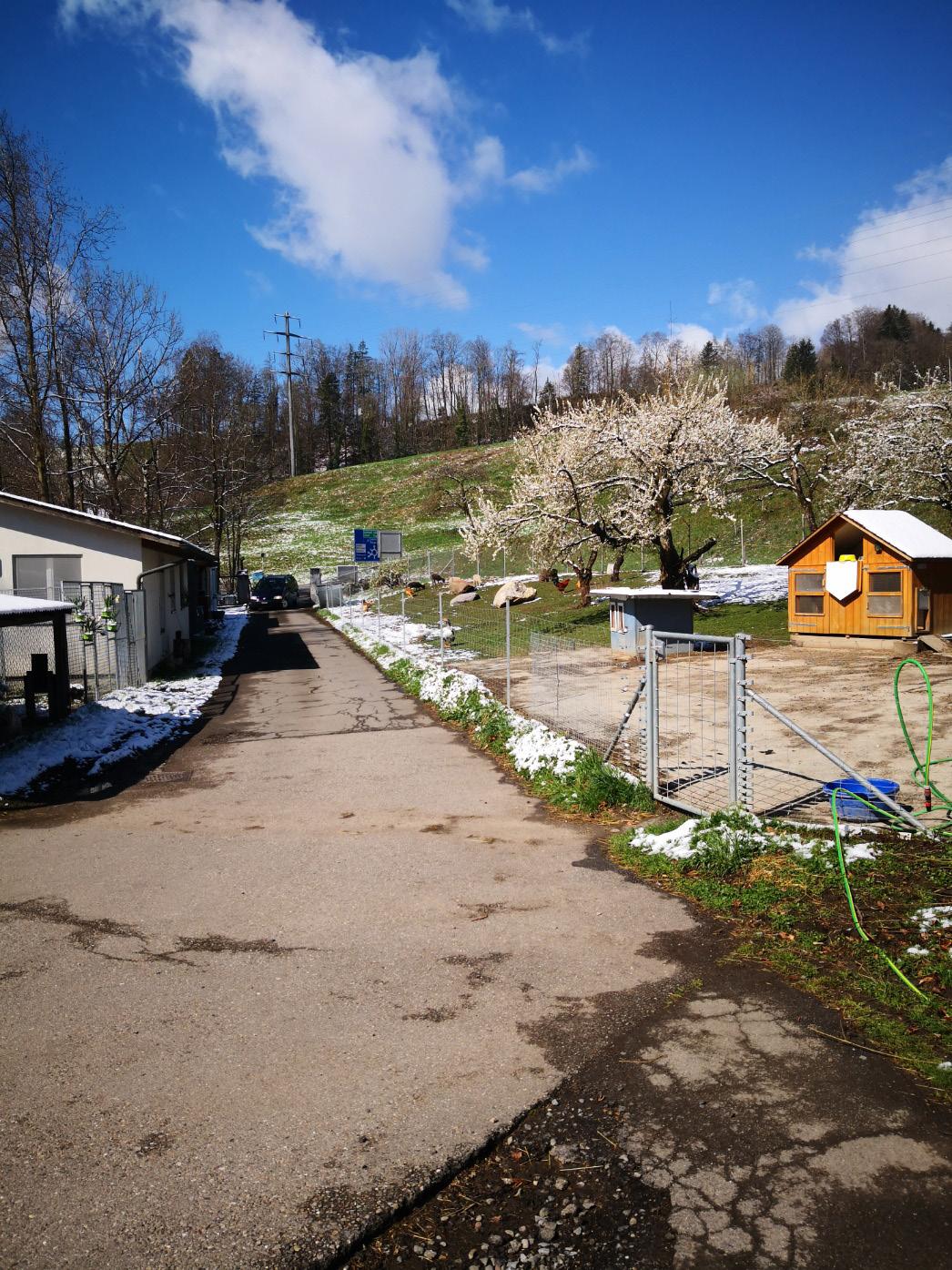
So many dog leashes! It is a meaningful physical connection between a human and a dog. Especially the ones with the pull-out function were interesting to me because of their rigid shape.
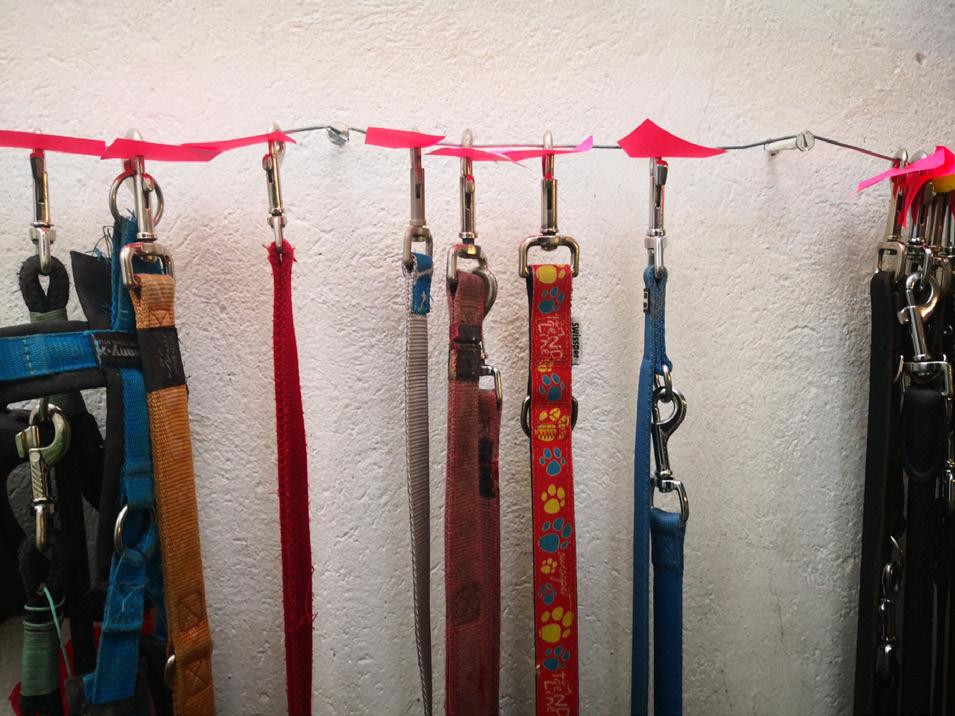
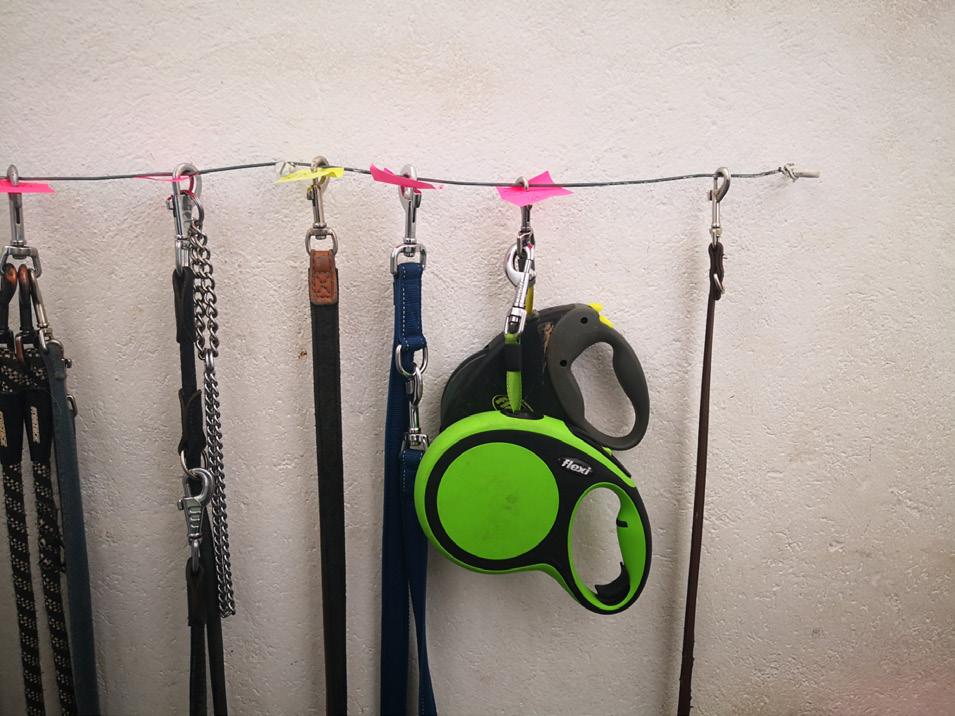
I was happy to help with some cleaning too. There were two dogs per “room” with an opening to go outside. While cleaning, these doors were shut, so I could work without being disturbed. Each dog had a bed and a big bowl of water inside. After this part, I sat down with Ivo Züricher, and we had a stimulating and refreshing conversation about the relationship between dogs and humans. Part of these impressions helped me, especially for the written portion of my Bachelor-Thesis.
